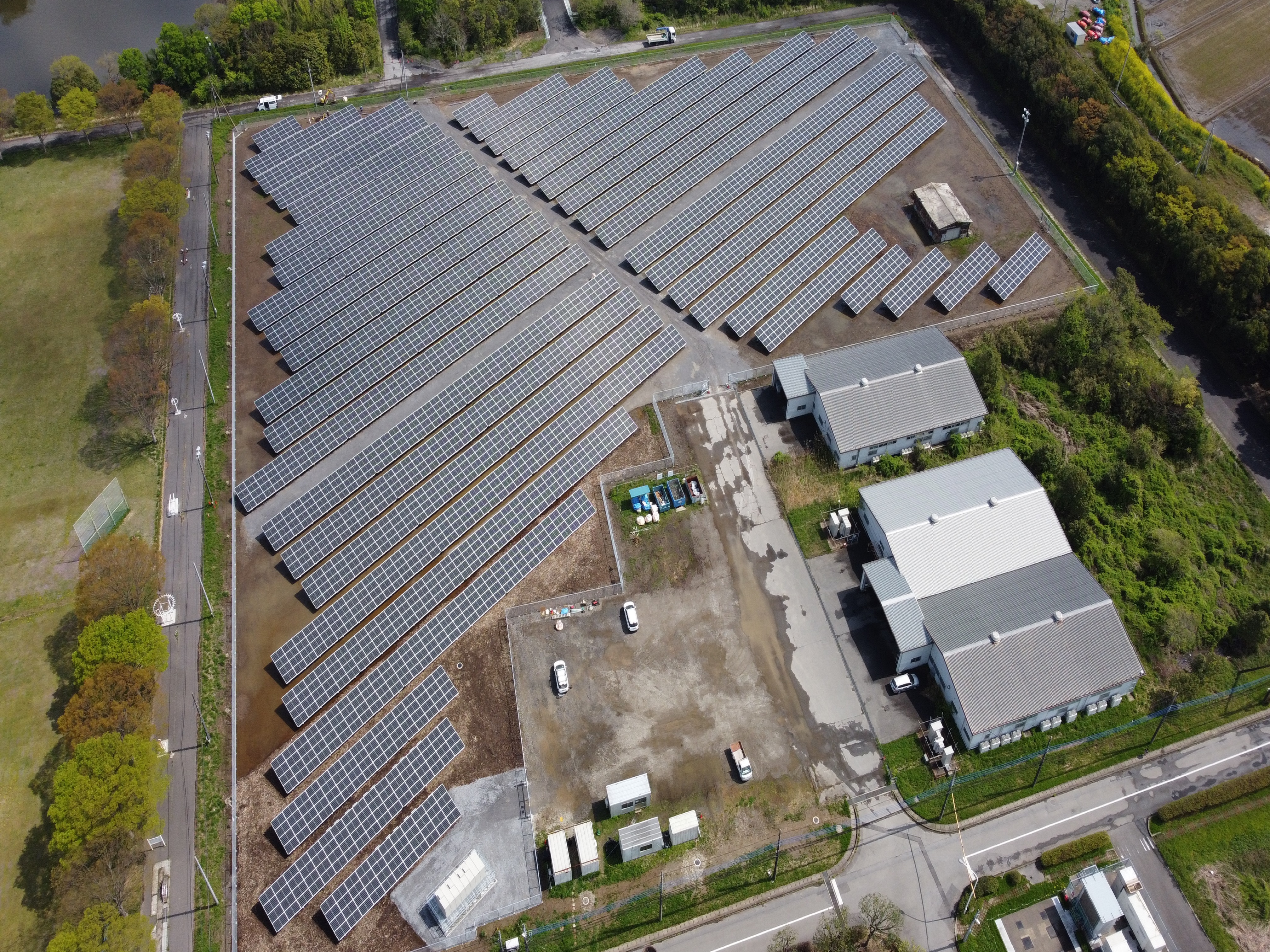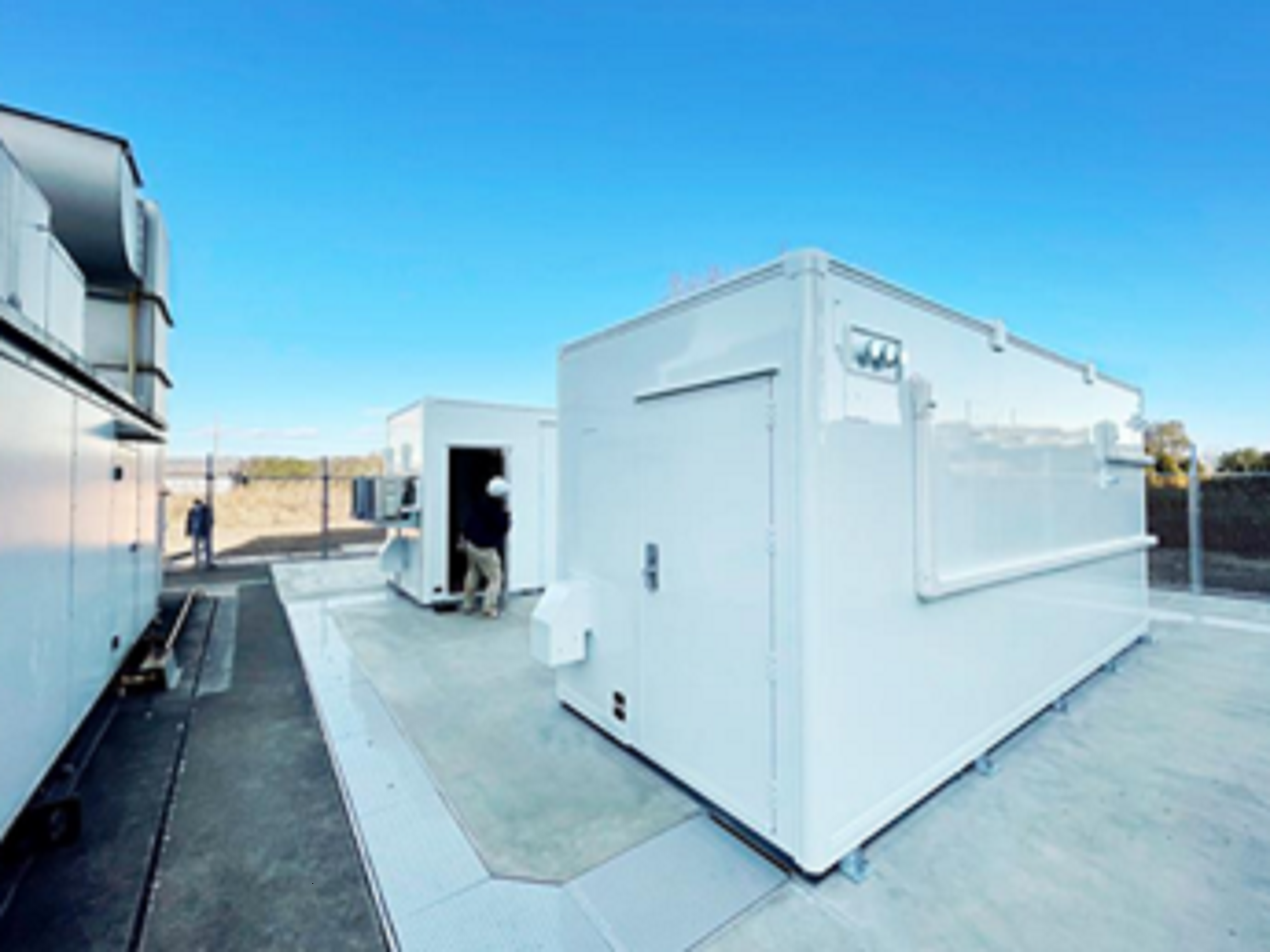Launch of Electricity Market Trading Demonstration Project Utilizing Demand Response and others with NEC ~Verify business feasibility through JEPX transactions using NEC's solar power generation and storage batteries ~2022/12/01
JERA Co., Inc. ("JERA"), together with NEC Corporation (hereinafter "NEC") today have launched an electricity market trading demonstration project using demand response and others to control electricity demand on the consumer side in order to realize a decarbonized society.
In this demonstration project, the amount of electricity demand will be controlled by using the solar power generation equipment and storage batteries installed at NEC's Abiko Verification Center, and JERA will trade the surplus electricity generated by it on JEPX. By combining NEC's electricity demand prediction and solar power generation prediction technology with JERA's demand prediction and market price prediction technology, JERA and NEC will contribute to supply and demand, and maximize revenues from JEPX and reduce imbalance* risk, and will verify business feasibility.
With the declaration of "carbon neutrality by 2050" by the Japanese government in October 2020, the spread and use of distributed power sources such as renewable energy generation and storage batteries is increasing as part of society's various efforts to decarbonize. On the other hand, the expanded use of renewable energy sources, which generation fluctuates depending on weather conditions, makes it difficult to maintain a balance between supply and demand of electricity (stabilization of the power grid network). In recent years, the use of demand response to control demand on the consumer side to contribute to the stabilization of the power system network has been attracting attention.
This demonstration project aims to use demand response to stabilize the power grid through consumer-side power facilities, and to solve the profitability calculation and system operation issues faced by the operators participating in the power market. JERA and NEC will also study the system configuration, technical requirements, and operation methods necessary for commercialization in the electricity market using demand response, expand the types of distributed power sources handled, and evaluate and study the terms and conditions for future business partnerships.
For JERA, this initiative will strengthen its ability to respond to the uncertainties inherent in renewable energy, which fluctuates depending on weather conditions, in order to aim to utilize not only the flexibility of thermal power generation, which it has traditionally utilized, but also the flexibility of distributed generation in the future. Through this initiative, JERA will also accelerate the development and operation of digital technologies that are indispensable for the utilization of distributed power sources.
In addition to strengthening and optimizing the operation of its thermal power generation business, which has been cultivated over many years, JERA will utilize digital technology to build the "clean energy platform of renewables and low greenhouse gas thermal power" that it has set as its vision for 2035.
*The difference between the demand plan and actual demand or between the power generation plan and actual power generation.
Reference 1: Solar power generation equipment (left) and storage batteries (right) installed at NEC's Abiko Verification Center to be used as demand response


Reference 2: Image of the business model
(1) Demand response is implemented using solar power generation equipment and storage batteries installed at NEC's Abiko Verification Center to generate electricity.
(2) Reduce imbalance risk by combining NEC's electricity demand prediction and solar power generation prediction with JERA's demand prediction and market price prediction technology for JEPX and other markets.
(3) Contribute to supply and demand, and maximize revenues from JEPX through JERA's implementation of transactions on JEPX.
Reference 3: Image of JERA's efforts toward 2035

